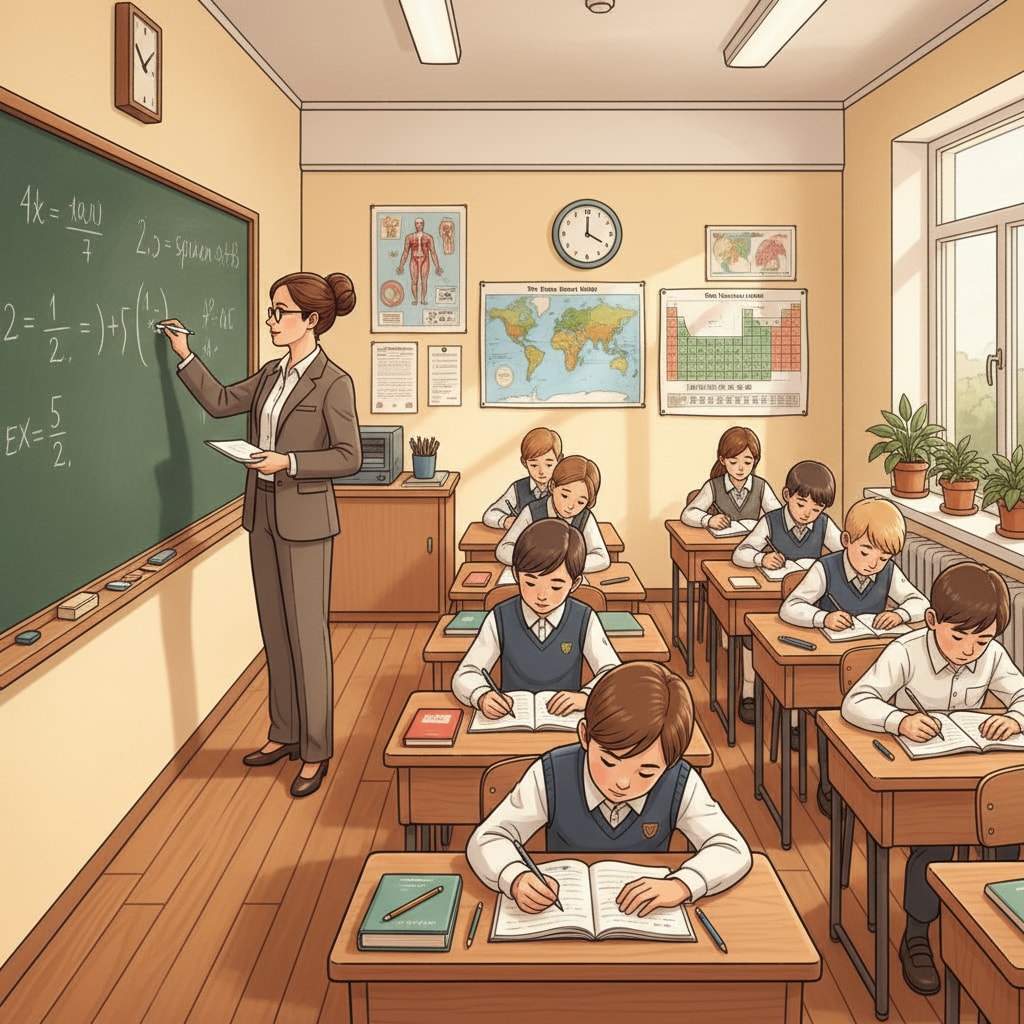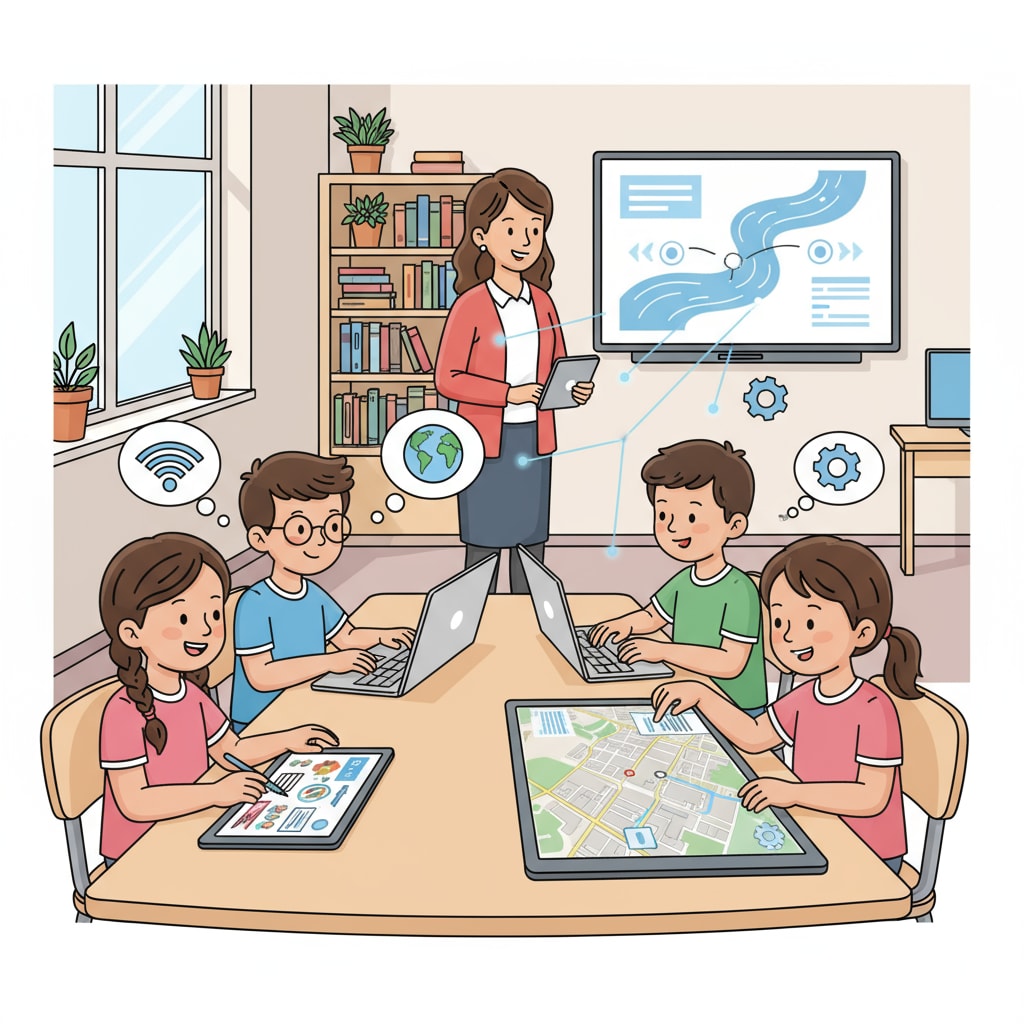In the realm of K12 education, the choice between traditional and modern teaching methods, along with the integration of technology and traditional tools, is a crucial decision that educators face. This balance can significantly impact students’ learning experiences and outcomes.
The Allure of Traditional Teaching Methods
Traditional teaching methods have long been the cornerstone of education. They often involve face-to-face instruction, textbooks, and classroom discussions. For example, lectures delivered by teachers provide students with structured knowledge. Textbooks, a traditional tool, offer comprehensive content that has been vetted and organized. Britannica defines traditional teaching as “instruction that follows established educational models” (Education on Britannica). These methods create a sense of routine and familiarity for students, which can be comforting. They also facilitate direct interaction between teachers and students, allowing for immediate feedback and clarification.

The Rise of Modern Teaching Methods
Modern teaching methods, on the other hand, have emerged with the advent of technology. These incorporate digital tools such as educational apps, online platforms, and multimedia resources. Technology has revolutionized the way students learn. For instance, online courses offer flexibility, enabling students to learn at their own pace. Wikipedia states that modern teaching often emphasizes student-centered learning and the use of innovative technologies (Modern education on Wikipedia). Interactive whiteboards and virtual reality simulations are also becoming increasingly popular, engaging students in more immersive learning experiences.

However, neither approach is without its drawbacks. Traditional methods may sometimes lack the engagement factor that modern technology can provide. In contrast, modern methods might face issues such as technological glitches or students’ lack of access to necessary devices.
The key, then, lies in finding a balance. Educators should consider the learning objectives and the unique needs of their students. For some subjects or topics, traditional methods might be more effective. For example, in teaching complex mathematical concepts, a teacher’s in-person explanation and step-by-step demonstration can be invaluable. On the other hand, for subjects like digital literacy or global studies, modern technology can open up a world of resources and interactive experiences.
Readability guidance: As we’ve seen, both traditional and modern teaching methods, along with their associated tools, have their place in K12 education. By combining them strategically, educators can create a rich and effective learning environment. This balance is not just about using the right tools but also about understanding the unique needs of each student and tailoring the teaching approach accordingly. Transition words like “however,” “on the other hand,” and “for example” help to make the flow of the article smooth and logical. Short paragraphs and clear headings also contribute to better readability.


